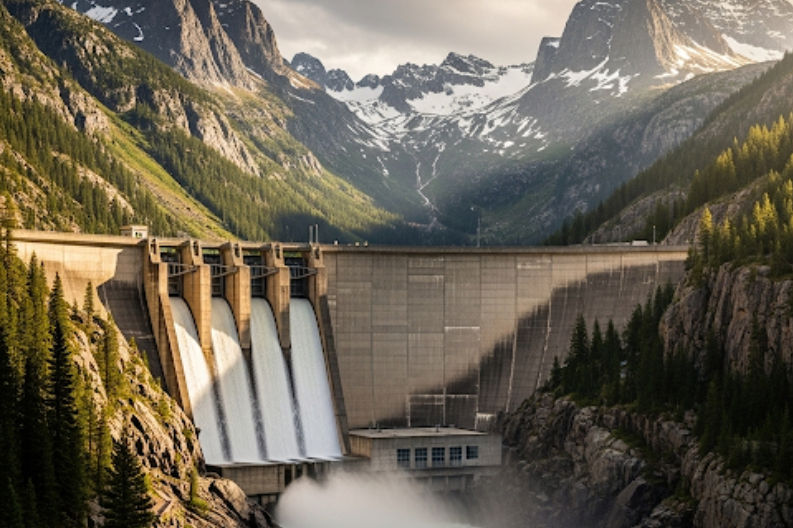India is facing a potential water crisis as China builds the world’s largest hydropower dam in Tibet. The project, announced in December, will be located on the Yarlung Zangbo River, which flows from a glacier in Tibet into India and Bangladesh. As a result, Indian officials fear the dam could reduce water flow by up to 85% during dry months, threatening millions of people downstream.
In response, India is fast-tracking its own project, the Upper Siang Multipurpose Storage Dam in Arunachal Pradesh. The dam will have a planned storage capacity of 14 billion cubic meters. Therefore, it is expected to reduce the impact of water shortages in Guwahati, Assam, and also act as a safeguard against floods if China releases large volumes of water during the monsoon season. However, construction faces challenges, including strong local opposition to large-scale dams.
The Adi community in Arunachal Pradesh has voiced fierce resistance. They fear the submergence of 16 villages and the displacement of more than 100,000 people. Moreover, many rely on the river to grow crops like cardamom and paddy, which sustain their families. Villagers have formed watch groups to block workers from reaching the dam site. Additionally, they demand safety assurances and fair compensation. “We will fight the dam to death,” said Odoni Palo Pabin, an Adi mother, reflecting the community’s deep cultural and emotional ties to the land.
The Indian government has pledged to support affected people. Arunachal Pradesh’s government has already begun discussions on compensation. Furthermore, NHPC, India’s main hydropower company, plans to invest over $3 million in education and infrastructure to help families relocate and rebuild their lives. Still, experts warn that the region is prone to earthquakes and extreme weather. “These extreme weather events trigger landslides and floods, which create legitimate safety concerns for dam structures,” said researcher Sayanangshu Modak.
Meanwhile, diplomatic talks have intensified. External Affairs Minister S. Jaishankar has raised the issue with China, stressing the need to protect downstream populations. Nevertheless, China insists its hydropower projects are safe and says it continues communication with India and Bangladesh.
The outcome remains uncertain. On one hand, India must secure water resources for its people. On the other hand, it must respect the rights of local communities. Ultimately, with both countries pressing ahead, cooperation will be essential to ensure that rivers supporting millions of lives do not become a source of conflict.



